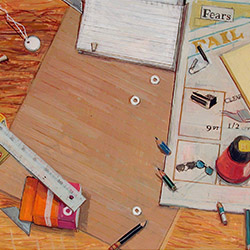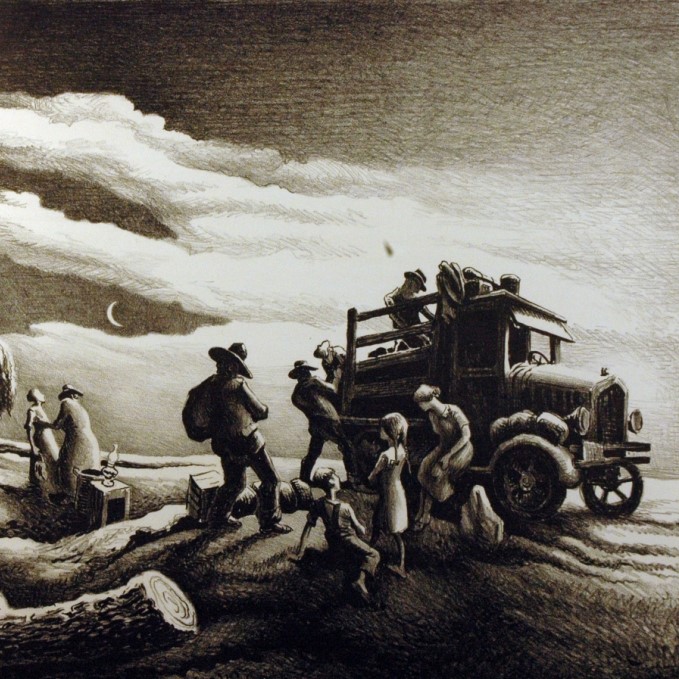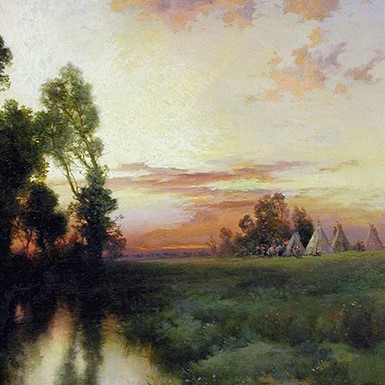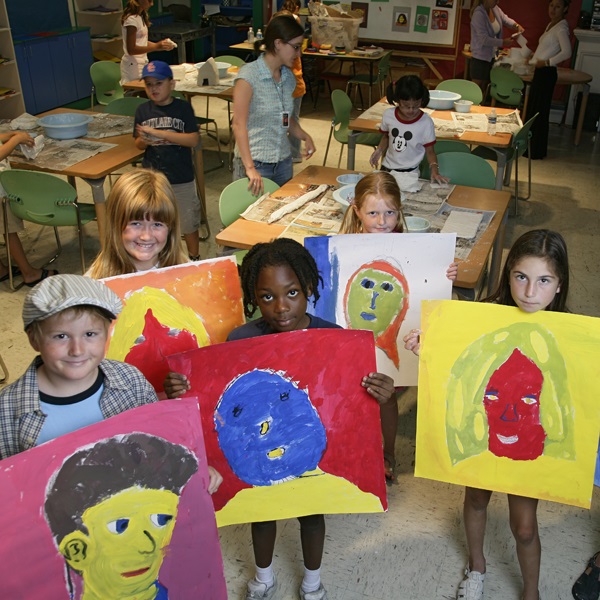Play [verb] to interact with objects, explore ideas, to imagine unseen worlds.
The SDMA Education team is here to bring you at-home activities for emerging and established art students of all ages. Join us for art activities, crafts, writing prompts, videos, podcasts, and more inspired by the SDMA collections. We invite you to explore creating in all-new ways and to share your work on Instagram, Facebook, and Twitter using the hashtag #SDMAatPlay.
Browse by category: Hands on Art Making Activities, Videos and Tutorials, Creative Expressions, Story Time at SDMA: A Podcast!
Hands-on Art Making Activities
Abstraction
Explore abstract art with an at-home art collage. See the instructions here.
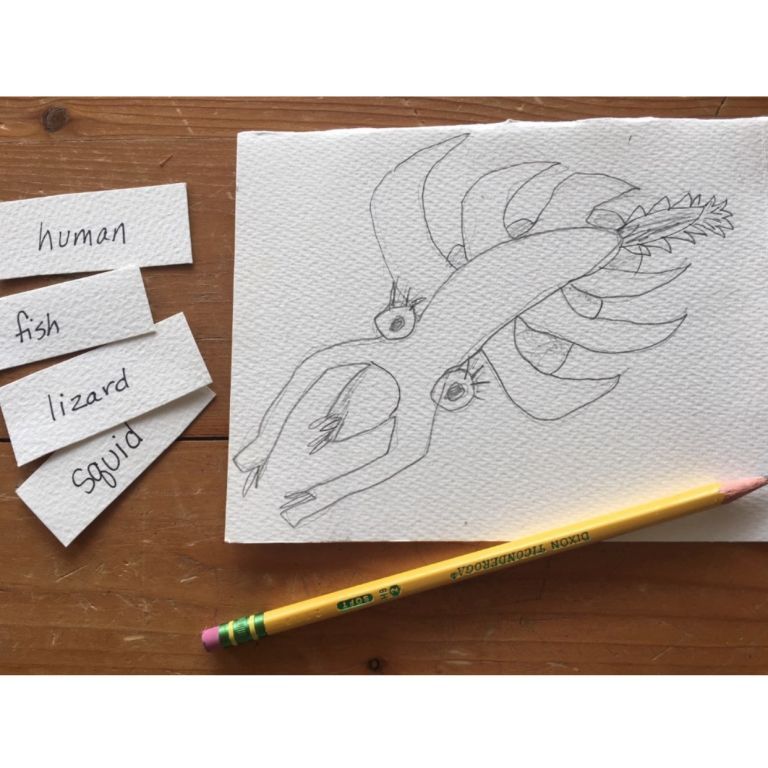
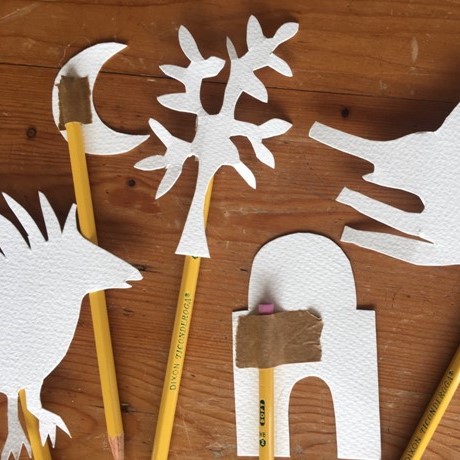
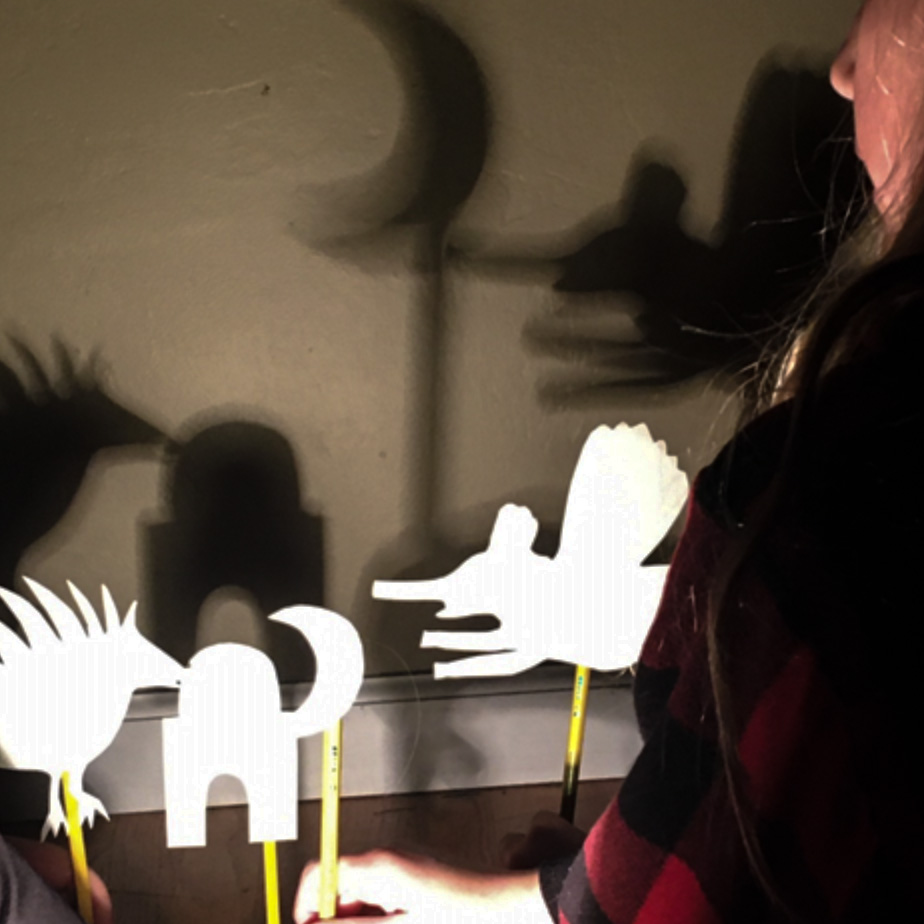
Imaginary Animal Shadow Puppets
Grades: TK – 6
Did you know? Shadow puppet theatre likely originated in Central Asia-China or India in the first millennium BCE.
Try making your own imaginary creature or shadow puppets by combining features from real animals with your own imagination!
- Take a tour through our South and Southeast Asia art collection for inspiration. Search and create a list of all the creatures you find.
- Create slips of paper with the individual animals, draw a few randomly from the pile, and combine them to create your own imaginary creature.
- On heavy paper or a cereal box, draw out the shape of your creatures. Cut out the shape with scissors and mount with tape to a pencil or stick to convert your imaginary animal into a shadow puppet.
- Move a light source to face a wall (or use a flashlight) and create a fun night-time performance of imaginative scenes using your shadow puppets.⠀
Share your imaginary creatures with us using the hashtag #SDMAatPlay.
Drawing Exercises
Strengthen your drawing skills with one or all of the below exercises from the SDMA Education team.
Share your drawings with us using #SDMAatPlay.
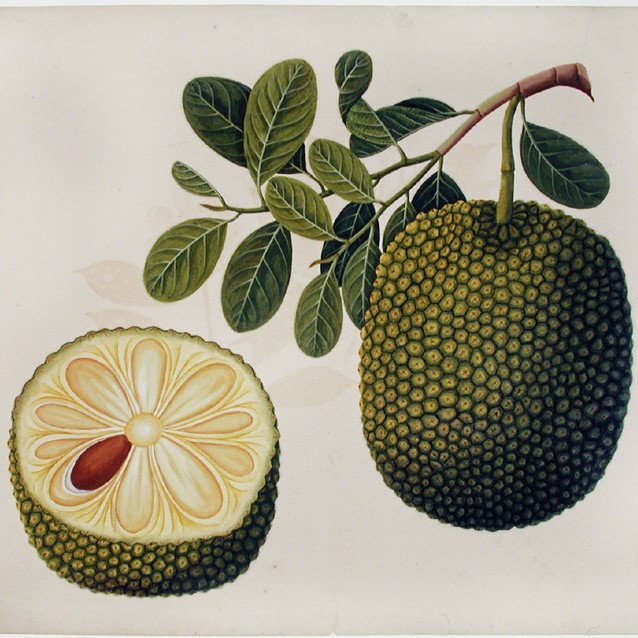


Botanical Drawing
Invite in some meditative calm with the Mughal tradition of observing plants and animals through drawing. Challenge yourself to create a detailed botanical drawing of a fruit or vegetable that has significance for you.
- First, sketch the exterior contour line of the object to establish shape and scale, using your own style of mark-making to convey texture and shadows on its surface.
- Then slice open your fruit or vegetable and study the inside of the specimen in a separate drawing. If desired, add color with the medium of your choice, or label the specimen. ⠀
Share your botanical study with us using the hashtag #SDMAatPlay for a chance to be featured on the Museum social media channels.
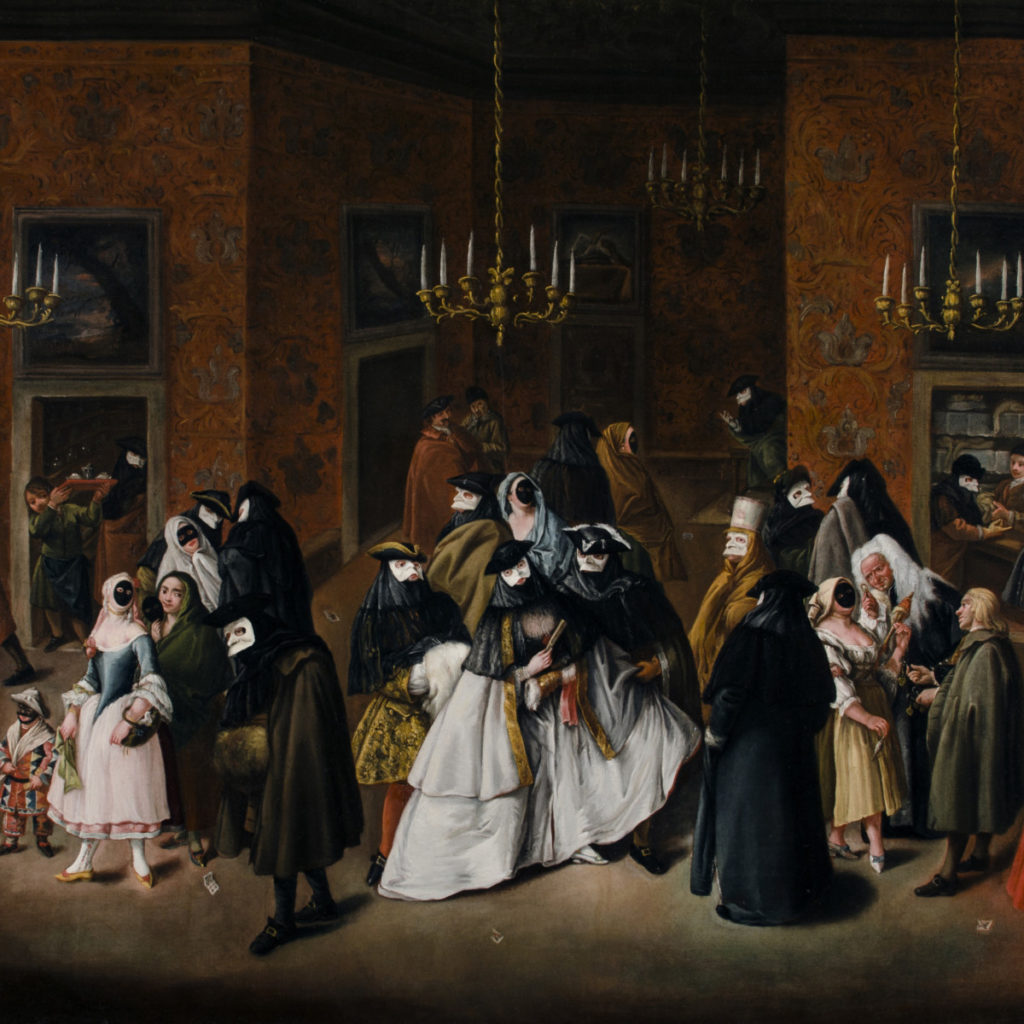

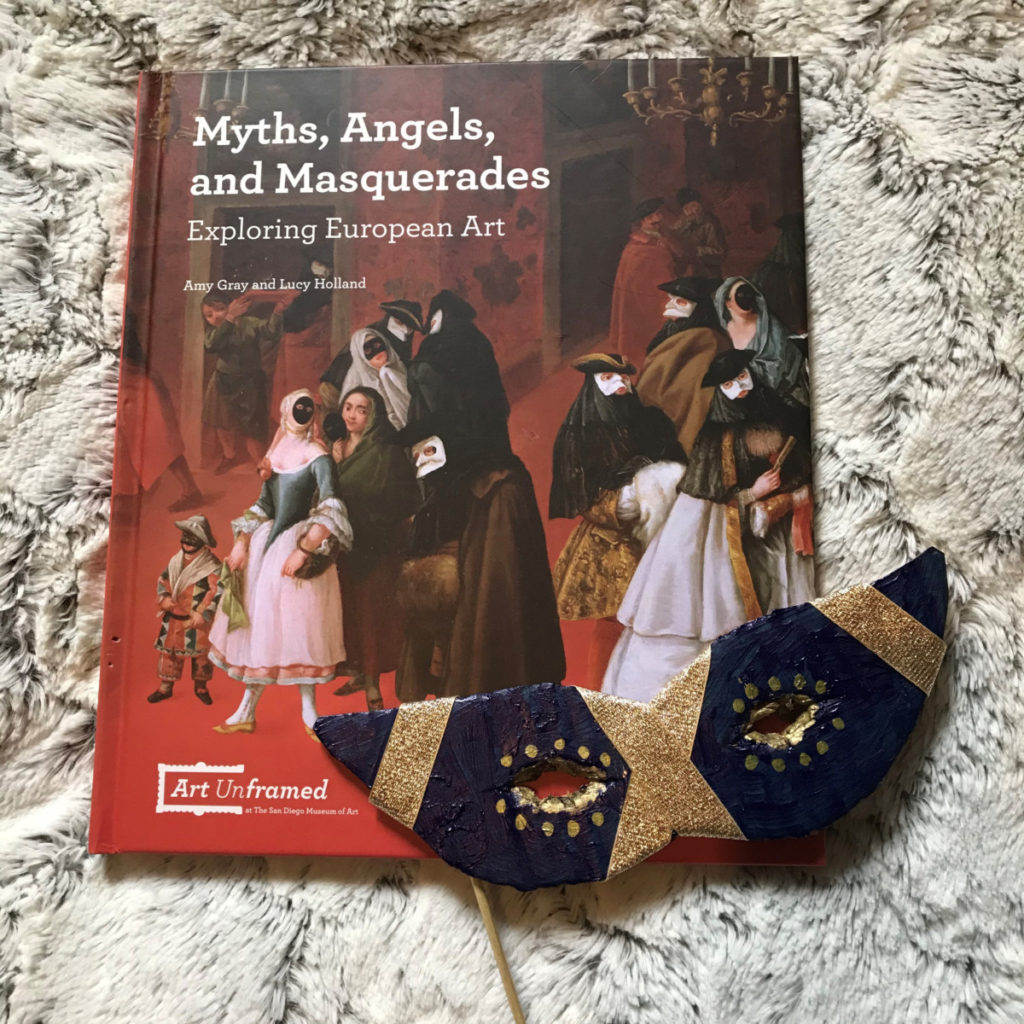

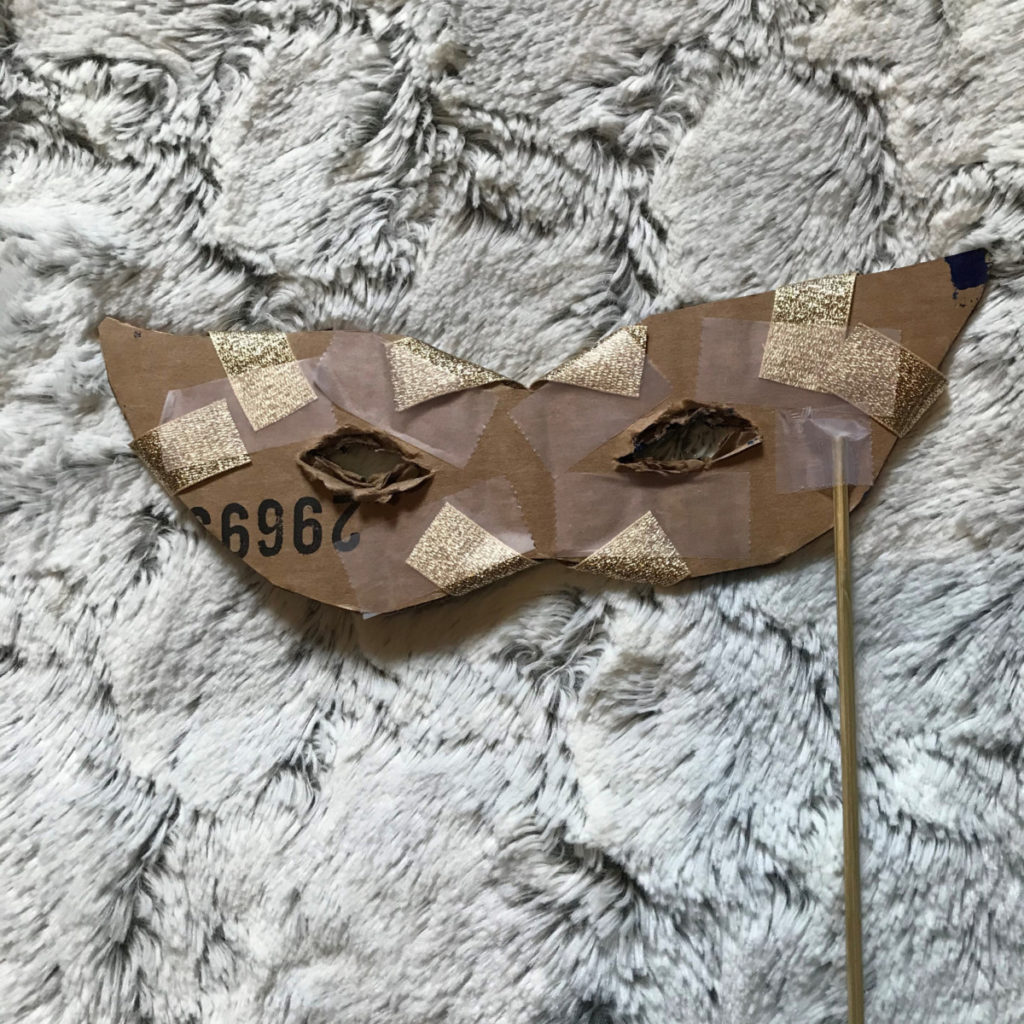
A Family Masquerade Ball at Home
Grades: 3 – 12
Create unique masks with recycled or found materials and have a masquerade ball in your living room!
Invite your family to get creative together and have a masquerade ball at home. You may want to dress up and dine with your family at dinner, before dancing the night away.
Fun Facts: In the late nineteenth century, masked parties were originally designed to celebrate a marriage or royal event. No one was turned away from joining the party, as long as they were wearing a mask!
Material Suggestions:
- Cardboard, cardstock, or a thick sturdy paper
- Scissors
- Tape or glue
- Pencil
- Ruler or measuring device
- Markers, colored pencils, crayons, and/or paint
- Ribbon, string, shoelaces
- Single Hole puncher
- Wooden dowel, wooden stick, or an unsharpened pencil
- Gemstones, feathers
Mask Making Steps:
Step 1: Cut out a 10” x 5” piece of cardboard, card stock, or another thick sturdy paper option
Step 2: With the pencil draw your mask. Remember to draw it large enough to cover your forehead and eyes. Explore different types of lines and shapes, such as curved lines or half circles.
Step 3: Next, draw the holes for your eyes. Drawing them at least an inch away from the edge of the mask.
Step 4: Cut out your mask and eye hole shapes out. After you have everything cut, hold the mask in front of your face and see if you need to make any adjustments. Make adjustments as needed.
Adaptations: Younger students may need help starting the eye hole cutting. Using your fingers to bend the cardboard holes in between cutting may help.
Step 4: Now, it’s time to decide if you would like to tie your mask around your head or hold it. If you would like to tie it around our head, now would be a good time to punch holes for the ribbon or string. If you are undecided, don’t worry you can add this step to the end of the activity.
Measure about a ½ inch from the edges of the mask and punch a small hole for a ribbon or sting to get through.
Step 5: Take a closer look at The Ridotto painting. Imagine yourself in the painting. Would you like your mask to make a statement, match your fancy attire, have a family shared color or pattern theme?
Step 6: Time to decorate your mask. With your gathered decorating material construct the composition on your mask, before gluing down the materials.
“Traditional masks were highly decorated with gold, silver, crystals, and feathers and tied to the head with a ribbon or attached to a handle and held in the hand.”
Myths, Angels, and Masquerades: Exploring Europe Art.
Step 7: When your mask is completely dry, secure and tie the ribbon to the mask or tape the wooden dowel to the back right or left edge. Don’t forget to decorate your wooden dowel, too!
Step 8: Now, step back in time and enjoy your modern masquerade family ball!
Don’t forget to tag #SDMA! We would love to see your masterpieces.
Adaptations: Grades 6-12
Try shaping your mask to fit the contours of your face by bending the cardboard or paper, before decorating the mask. Use glue or tape to secure the bends. Let the glue fully dry before decorating the mask.
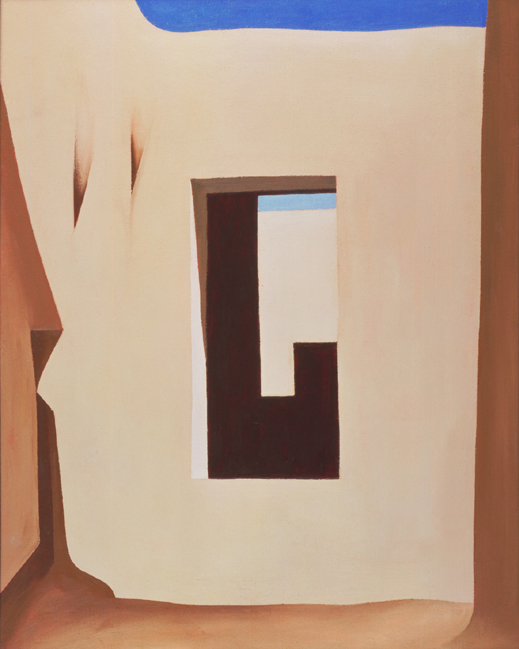
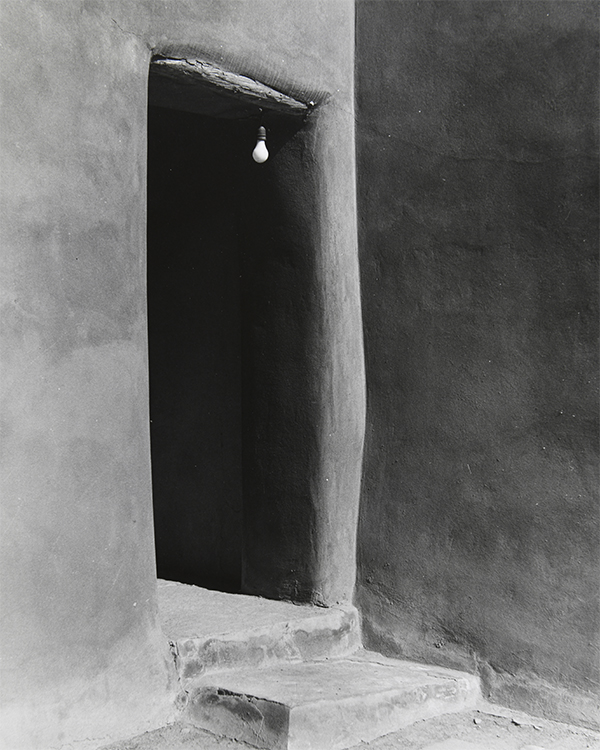
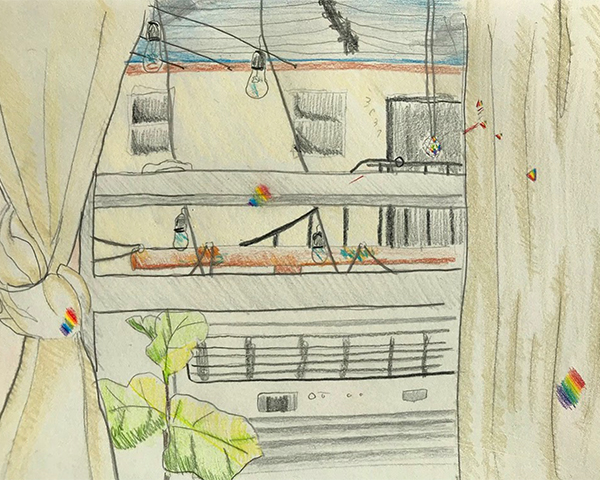
A Landscape From Your Window
Artists are inspired by their surroundings.
Some artists have been so inspired by a city that they pack up their lives and move there. That’s what artist Georgia O’Keeffe did. After a trip to New Mexico, she fell in love and began splitting her time between New York and New Mexico. She eventually moved to New Mexico permanently and the landscapes there inspired her work, including the architecture of her own home. This painting, “Patio 1,” was a view of the courtyard in her Abiquiu home.
Now it’s your turn!
Look out your own window. What do you see?
Create a landscape using pencil and paper. As with many drawings, start with larger objects that are closer to you. Create a basic outline of shapes and then use these outlines to inform where other parts of your drawing intersect.
Having trouble? Try looking at the shapes in between the solid forms. We call this negative space. How does the negative space you see compare to the negative space in your drawing?
Once you have a sketch you can decide if you want to add color. Have fun and don’t forget to tag the Museum using #SDMAatPlay.
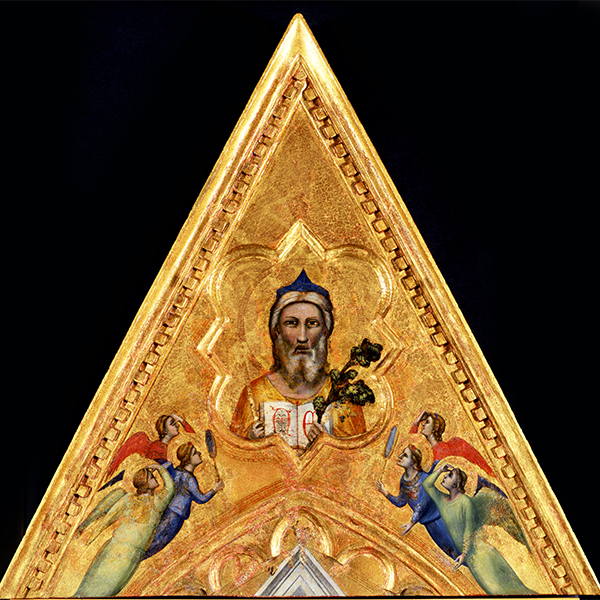
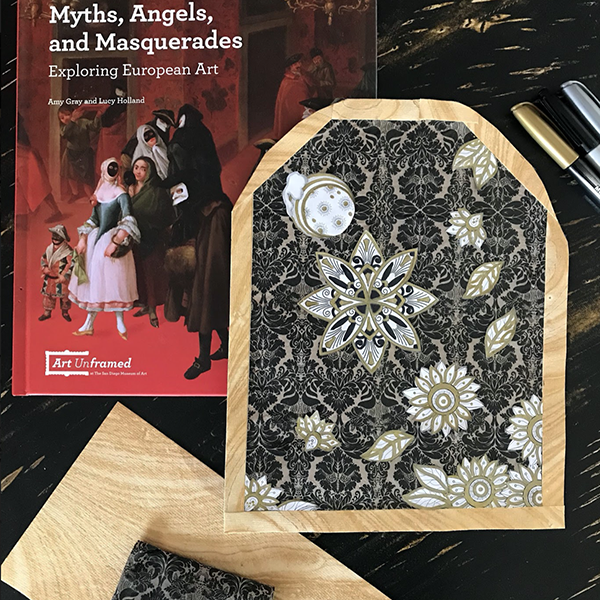
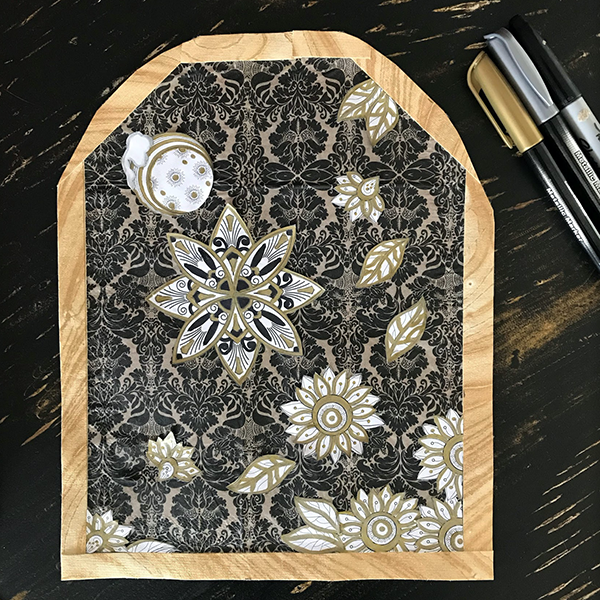
Personal Altarpiece
Grades: 1-12
Mixed Media Collage
In the fourteenth century, Renaissance artist Giotto created breathtaking altarpieces, such as God the Father with Angels. An altarpiece is a work of art (painting or sculpture) made to adorn a church’s altar.
Fun Fact: Renaissance altarpieces were finished in gold leaf, which was made from real gold!
Create your own personal altarpiece collage that expresses your interests, family, or something unique about yourself.
Start by taking a look at the altarpieces created by master artists in the Museum’s Collection and decide on the shape of your personal altarpiece. Cut out images from magazines or the suggested papers listed below that appeal to you and glue (or tape) them to your altarpiece. Don’t forget to add some gold to your masterpiece!
Materials:
- Glue or tape
- Paper
- Construction paper
- Magazines
- Tissue paper
- Wrapping paper
- Scissors
- Markers, colored pencils, crayons
- Optional: ruler
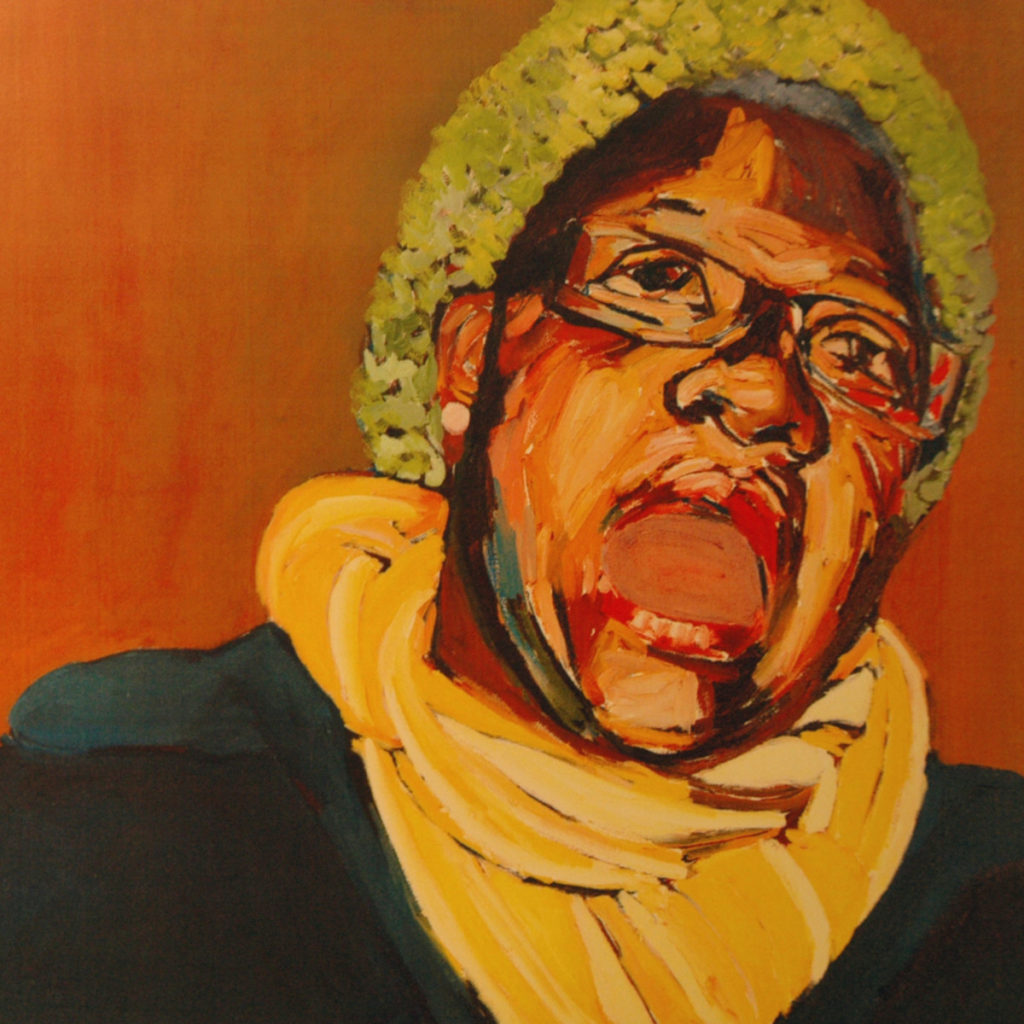
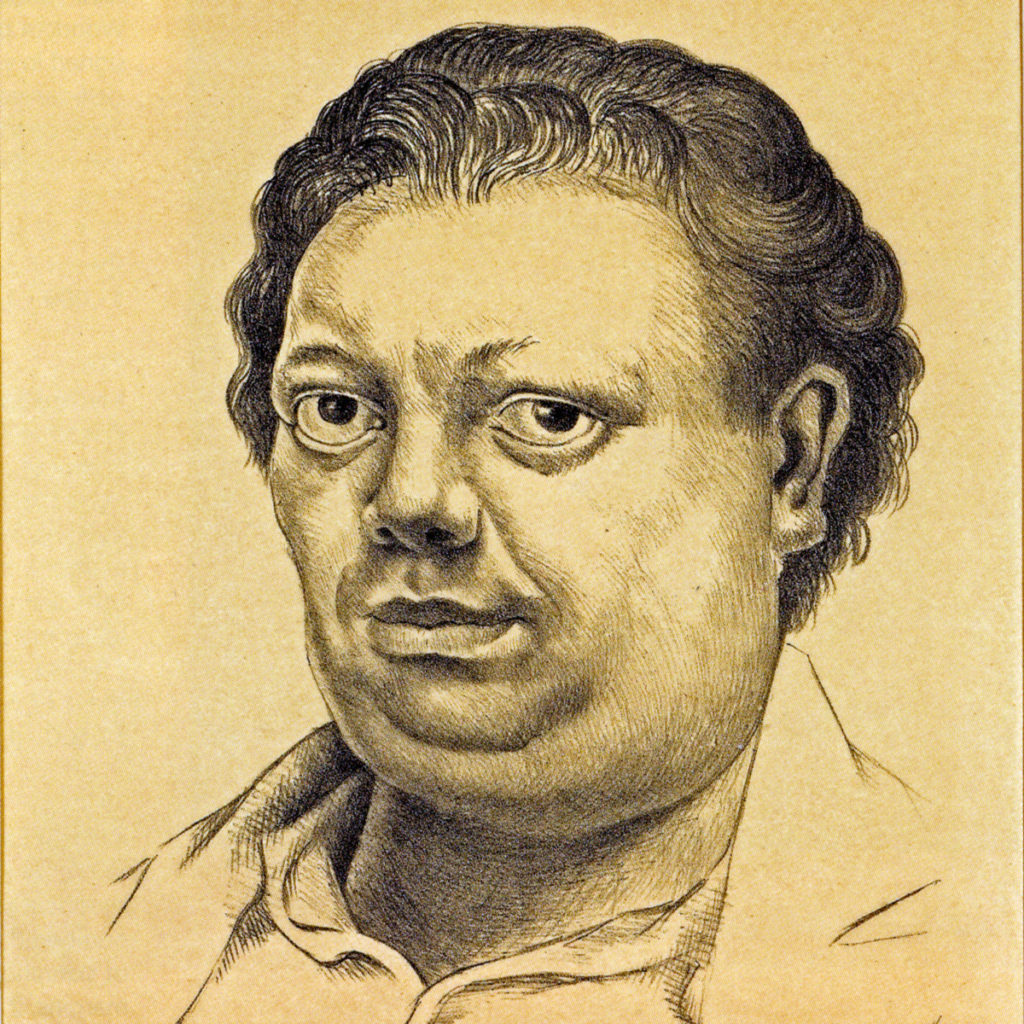
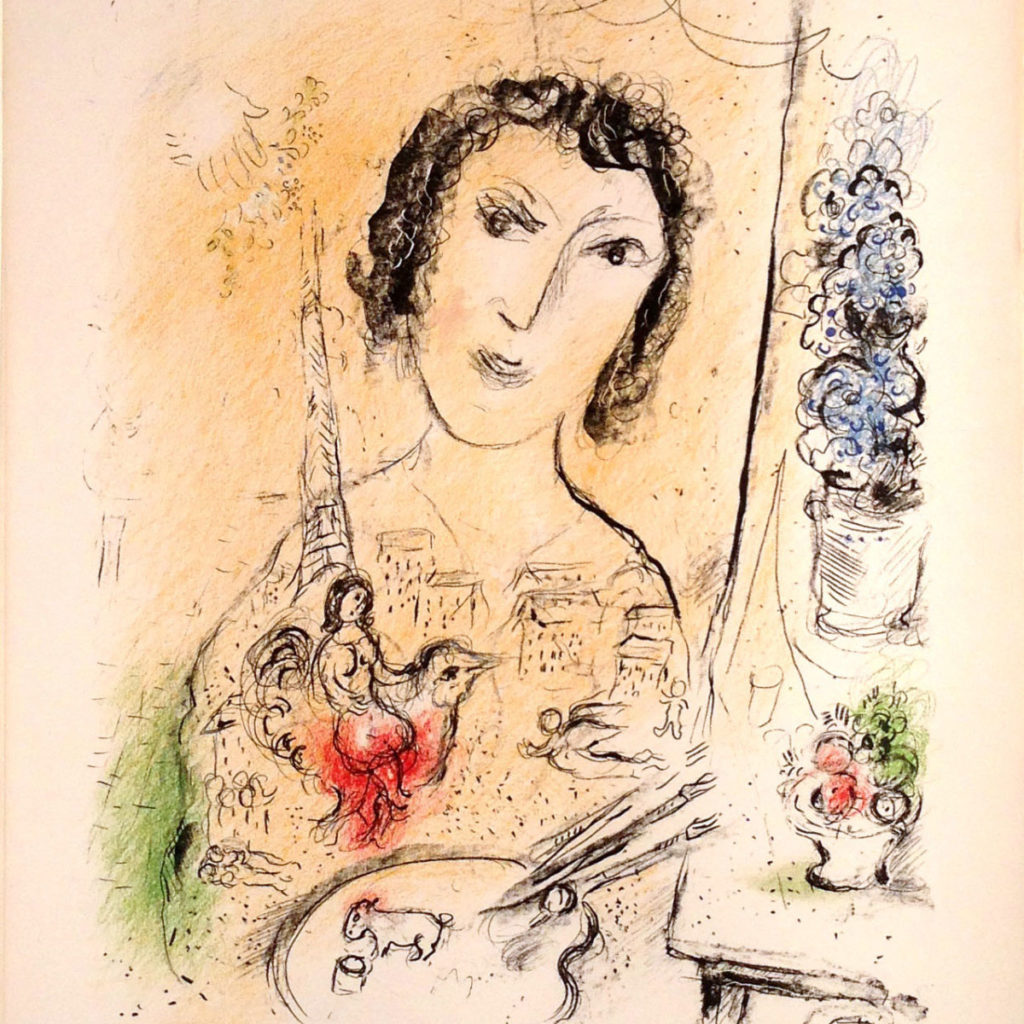
Portrait Challenge
Artists have been drawing and painting portraits of themselves long before the selfie.
When mirrors became better and more affordable self portraits became a common way for artists to represent themselves even using their own visages in mythical, historical, or religious pieces.
A self portrait is just what it sounds like, a drawing of yourself! Notice the differences between the self portraits by Beverly McIver, Käthe Kollwitz, Diego Rivera, and Marc Chagall. How do you think the artists were feeling?
What types of lines, shapes, or colors did they use to express their mood? Ok are you ready?! This can be done two ways. If you have a photo of yourself you use that as your reference or you can try drawing yourself from a mirror. Think about how you can break it down into basic shapes and then add details. Add color if you like!
Bonus points go to people who use inventive materials or surfaces to make their art, for example, an old envelope for paper or string to make lines instead of a pencil.
Remember to tag us in your creations using #SDMAportraitChallenge and #SDMAatPlay for a chance to get featured.
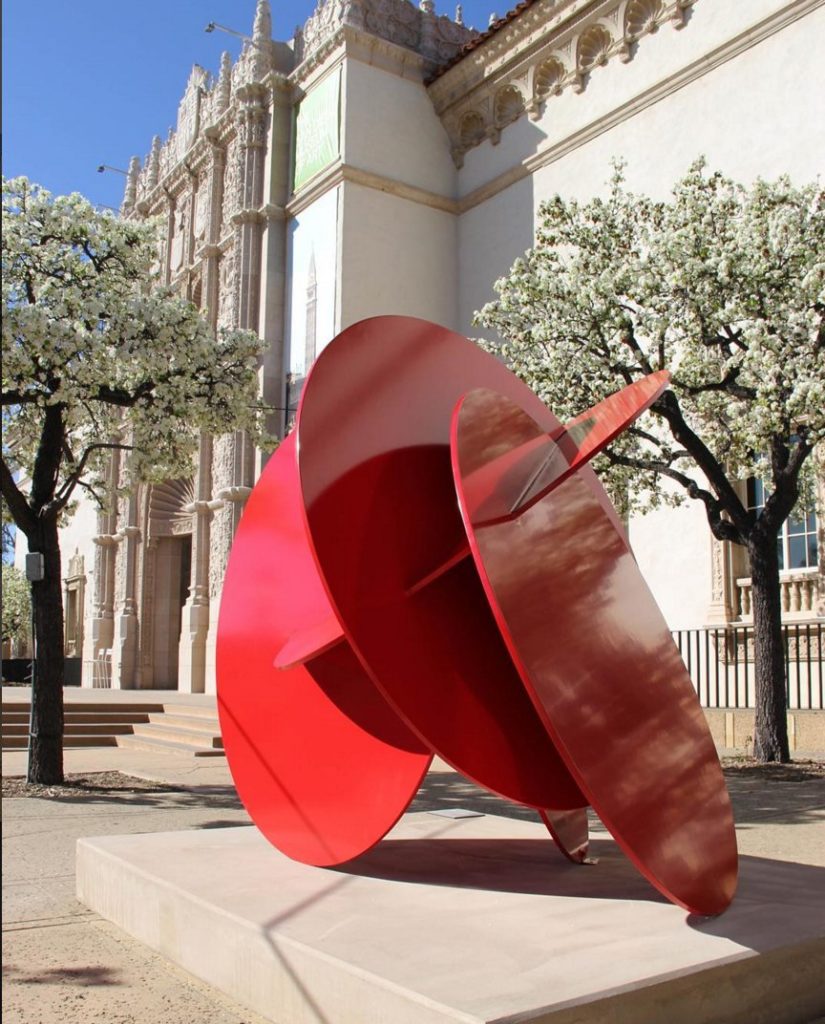

Shape Sculpture
Goals and Objectives:
Create abstract sculptures inspired by Tony Rosenthal.
Students will study form and color while creating their own free standing sculpture.
Materials:
-Paint Brushes
-Acrylic Paints
-Water Cup / Water
-Pencil
-Cardboard
-Scissors
See the full instructions here or step by step images here.
Remember to tag us in your creations using #SDMAportraitChallenge and #SDMAatPlay for a chance to get featured.
Videos and Tutorials
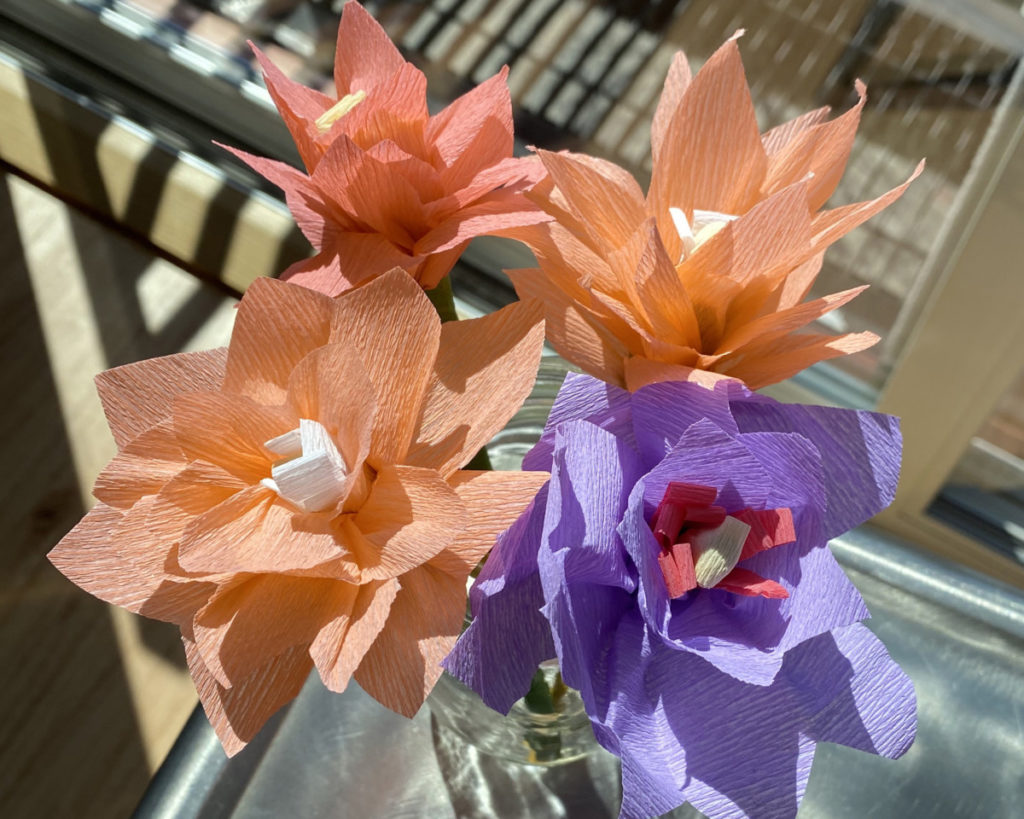
Crepe Paper Flowers
Enjoy hands-on flower fun for all ages with Garden of Activities!⠀
⠀
Garden of Activities 2020 activity worksheet
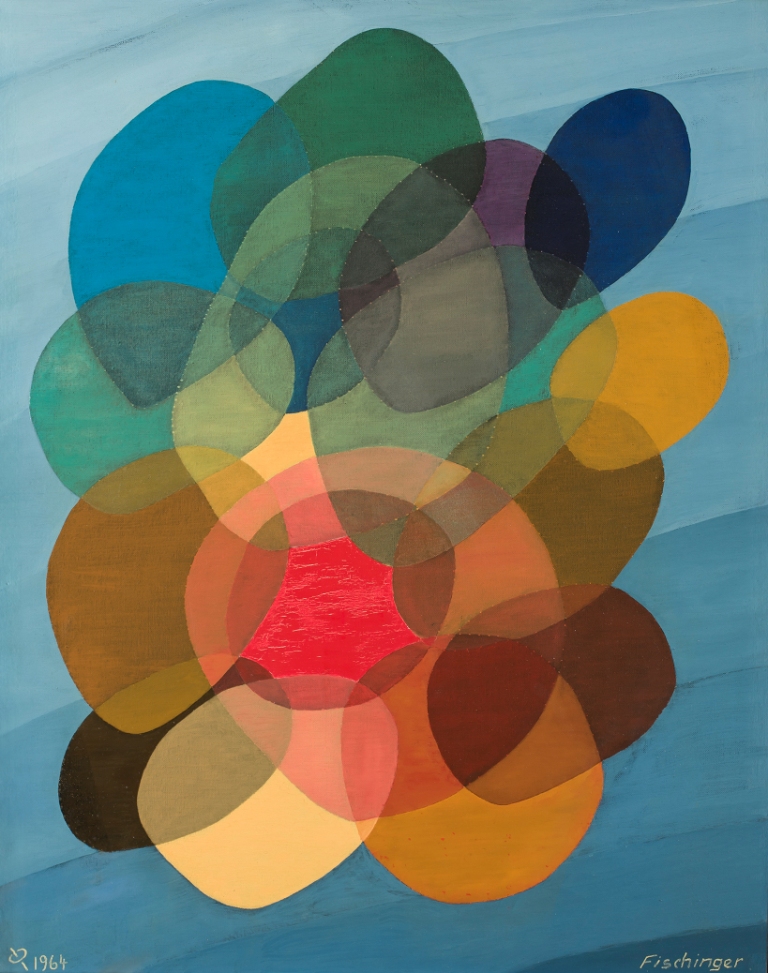
Music-Inspired Mood Drawing
Create a free-flowing piece of art at home! Play a favorite song and be inspired. Here’s how to get in the mood:
- Play a favorite song.
- Relax and let the sounds of the music inspire your drawing movements and color choices.
Mood painting helps you create a free-flowing piece inspired by the music and the way it makes you feel.
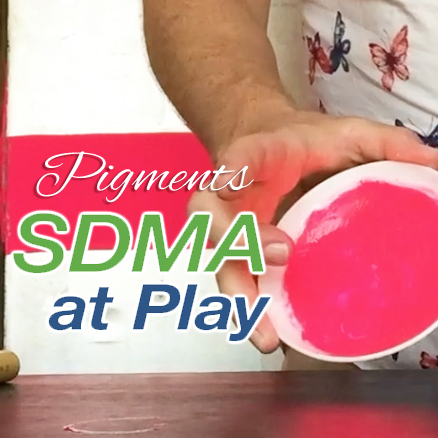
Pigments
Learn about pigments, what they are made of, where they come from, and how to use them in this SDMA at Play video.
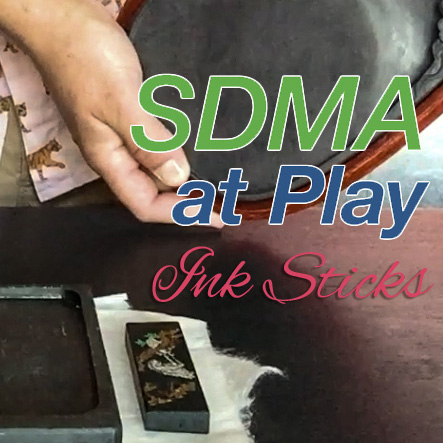
Ink Sticks
Learn about Chinese ink sticks, their history, and how to grind your own Chinese ink in this SDMA at Play video.
Creative Expressions
Ekphrastic Poetry
Sharpen your pencils and explore the beauty of ekphrastic poetry, which uses language to vividly describe a work of art or scene.
Here’s how to get started:
- Choose a piece from the SDMA online collection of American Art.
- Study the piece using Visual Thinking Strategies: Ask yourself questions such as… What do you see? What makes you say that? What else do you see?
- After analyzing the painting, brainstorm words and images that come to mind.
- Craft a reflection in words using your observations, colorful adjectives, and a splash of creativity.


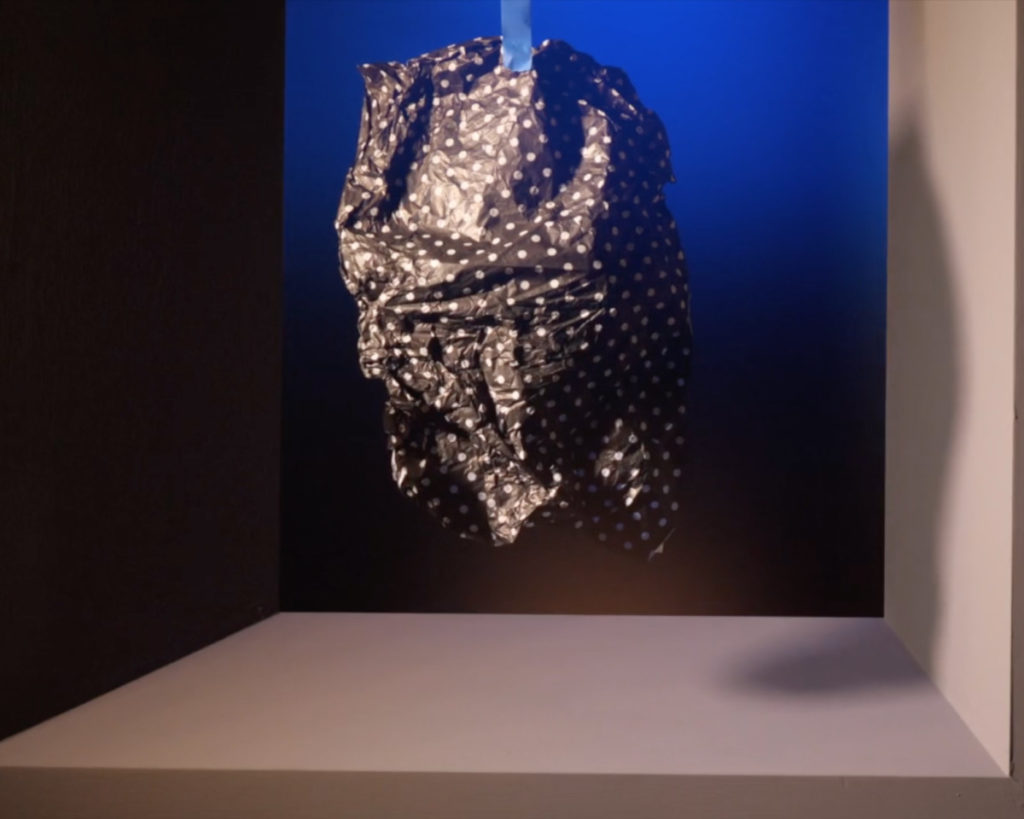
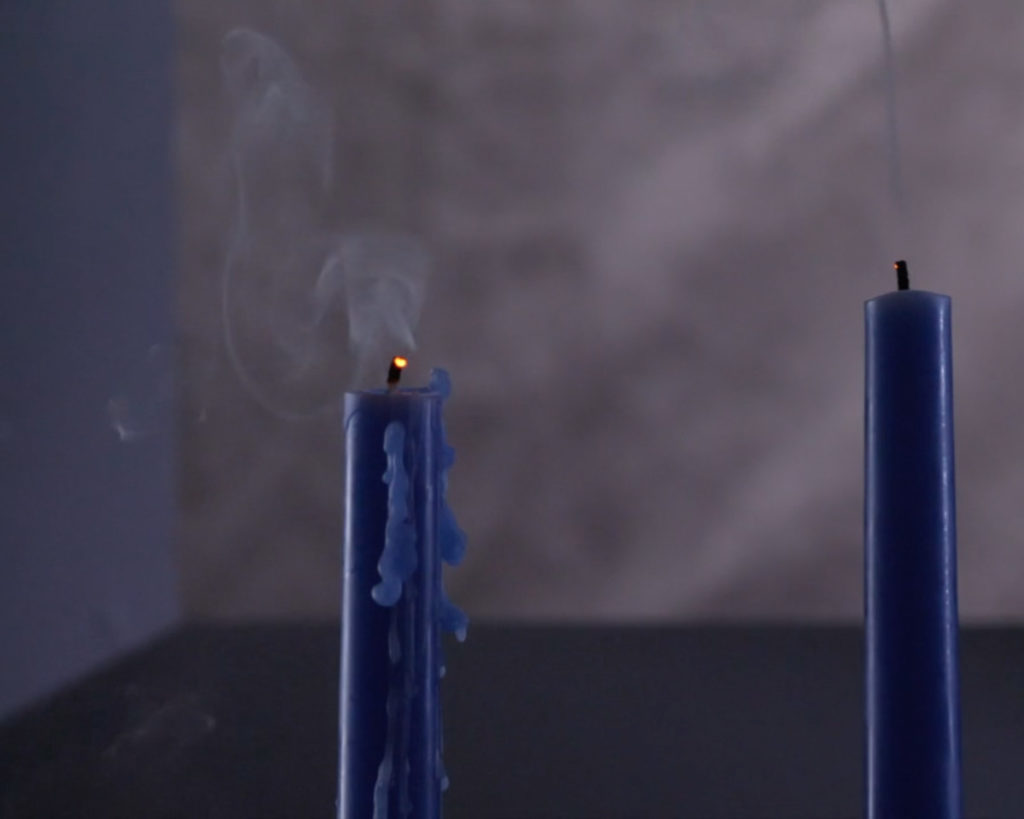
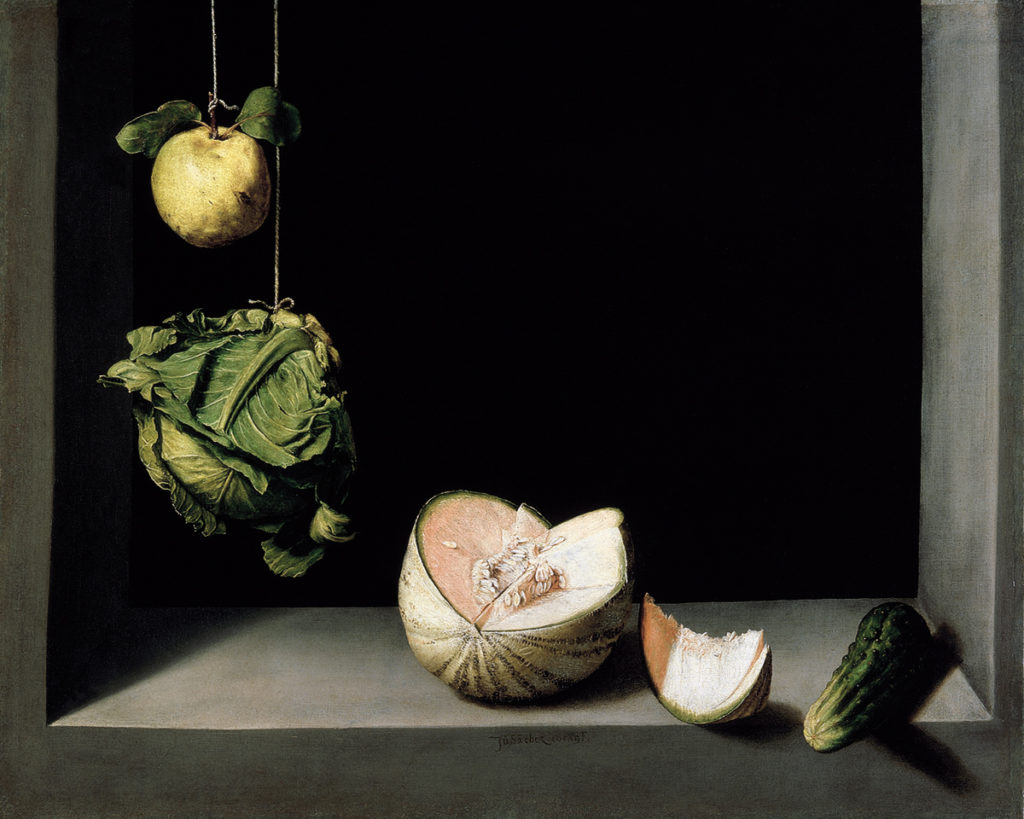
SideView: a Community Filmmaking Challenge
Ages: 12 – Adult
SideView Lesson Plan PDF available here.
The Museum invites budding filmmakers to use the modern medium of digital filmmaking to respond to classic art. This week we will use our smartphones, digital cameras, and other available equipment to create a short film (1 to 5 minutes) that comments on a classic work from our collection. Create your own film response to the Juan Sánchez Cotán Still Life with Quince, Cabbage, Melon, and Cucumber or choose another piece by searching our online collection.
Step 1: Study the piece you choose. What theme in the artwork pops out at you? Do a bit of research using MoMA‘s Glossary of Art Terms and learn about the artist.
Step 2: Decide how you want to respond. You can simply try to recreate what’s happening in the work of art or identify themes that connect with modern life and create a scene that draws upon those similarities. You may find that a work depicts viewpoints about people and society that would now be considered outdated or unacceptable. What kind of short film can you create to comment on that?
Step 3: Write your script. Your short film can include dialogue or just images/actions and music or other sound. If you choose to have dialogue you can cast actors from those at home with you or voice narrate the action and have stuffed animals or household items playing your characters.
Step 4: Rehearse and film your masterpiece. Plan your shooting schedule, set up your shots, and make movie magic. You may enlist help from the other people at home with you. Once you’ve filmed, an adult can help you find free editing software online or in your device’s apps to edit your final product.
Step 5: Tag us once you post your film on social media using #SDMAatPlay! We can’t wait to see what you come up with!
Inspired by the exhibition Juan Sánchez Cotán and Cauleen Smith: Mystical Time and Deceptive Light.
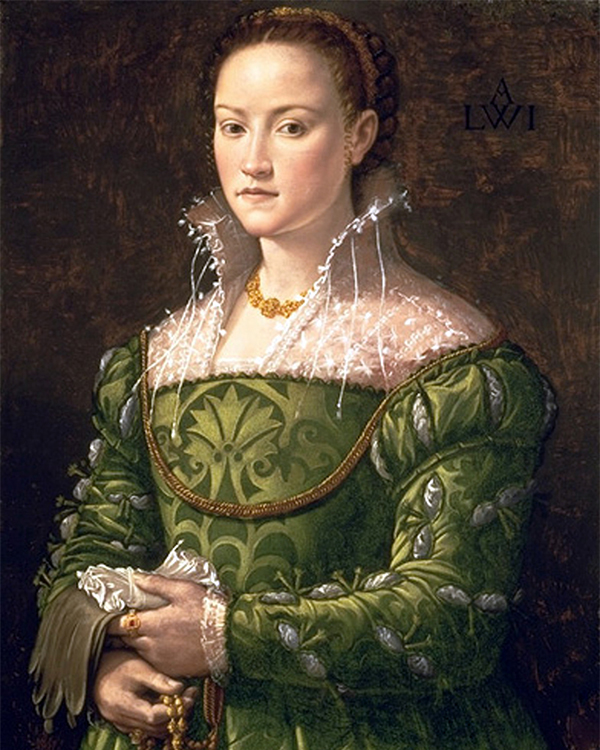
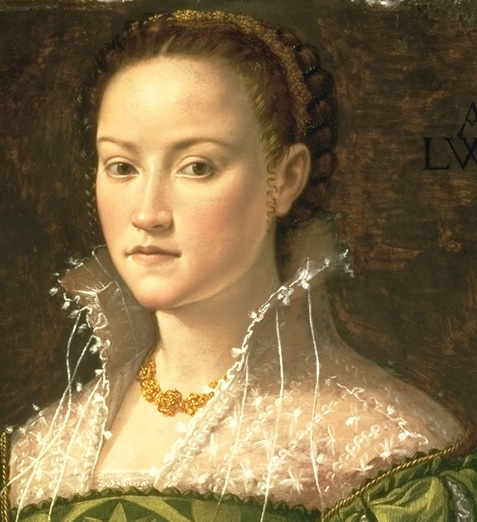
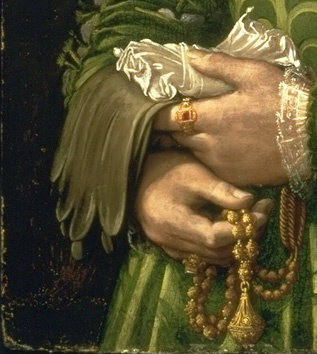
Creative Writing Prompt
It’s story time! Some pieces from antiquity have an air of mystery about them. ⠀
⠀
There may be missing information and understanding the whole picture becomes somewhat of a detective’s job.
⠀
Take, for instance, the marble-smooth skin, detailed jewelry, and cool reserve of this portrait are all typical of Florentine art in the middle of the 16th century. The high-collared and laced-topped dress worn by the woman point even more specifically to the years right around 1560, when such styles were briefly in fashion among the aristocratic women of Florence. Much about the portrait, however, remains mysterious. ⠀
⠀
The inscription at upper right (A / LWI) is difficult to interpret and might be a later addition. Another oddity is the painting’s degree of finish: some areas are highly detailed, but other sections seem barely worked up. It is possible that the panel was begun by one artist, left unfinished, and then brought to completion by another. This might also explain the difficulty in assigning the work to a specific painter. Once attributed to Agnolo Bronzino (1503–1572), the best known of the Florentine artists who worked in this highly mannered aesthetic, it is probably instead by Alessandro Allori or another painter of his generation.⠀
⠀
So what details from this painting can you use to piece a story together? What do you think this person was thinking right before or right after this painting was done? Who were they? What was their name? Use your imagination! ⠀
⠀
Write a short story or a poem to respond to this painting and tag us on Instagram, Facebook, and Twitter using the hashtag #SDMAatPlay for a chance to get featured!⠀
⠀
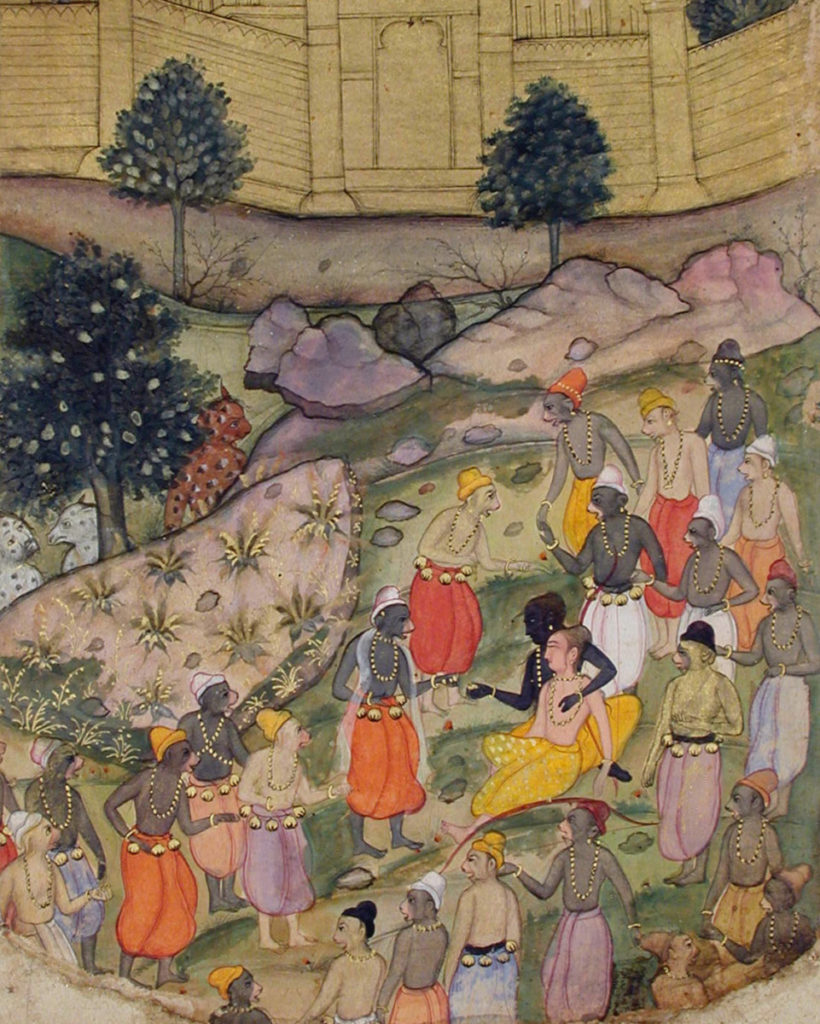
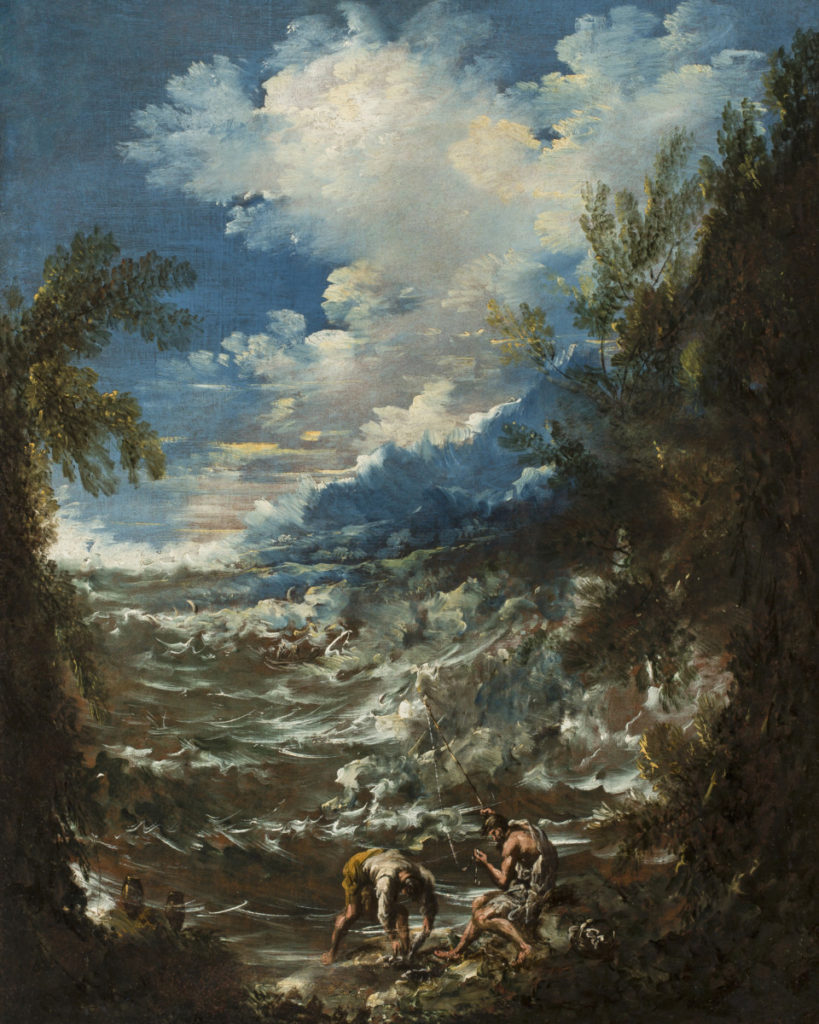
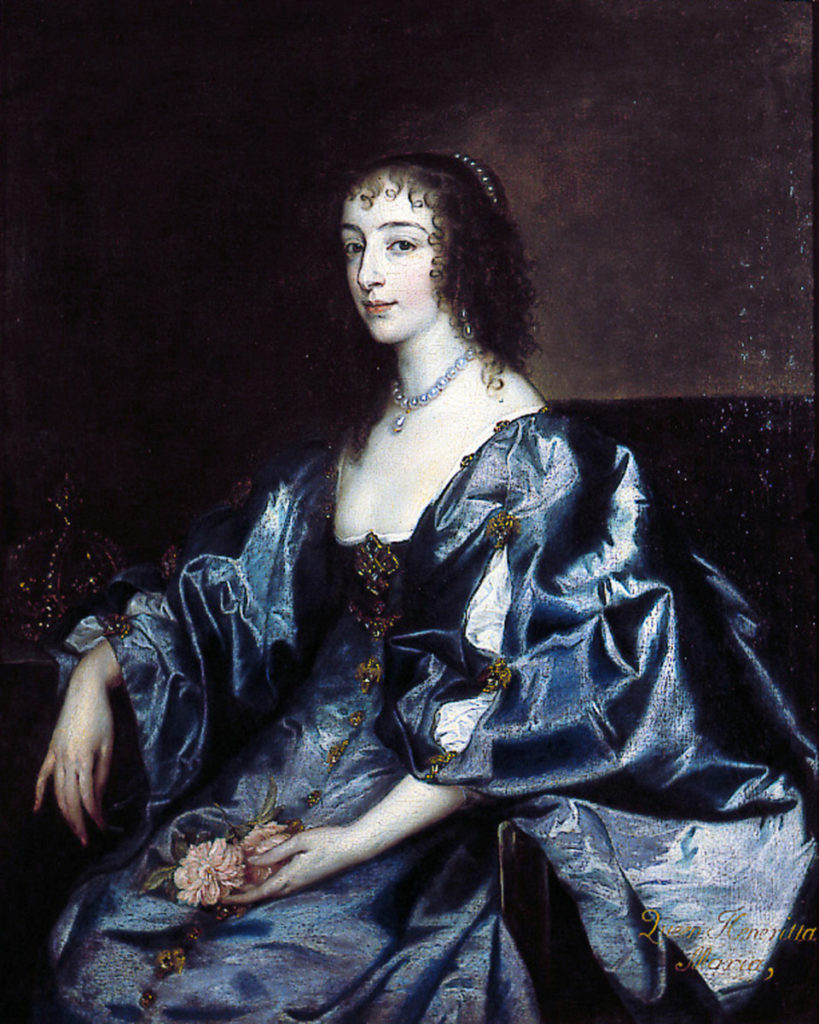
Drama in Art
Just because the people and objects in a work of art don’t move doesn’t mean you can’t bring them to life with your imagination! Artwork can be a great source of inspiration to help you create your own dramatic scene or play, which you can then perform in front of an audience. At the Museum, for example, actors from the San Diego Shakespeare Society choose works from our collection, pair them with poems or short sections of plays, and then act those scenes out for our visitors. You can see some of their videos here: SDMA + SDSS. Is this something you would like to try to do, too?
Read the Drama in Art PDF to learn how!
Story Time at SDMA: A Podcast!
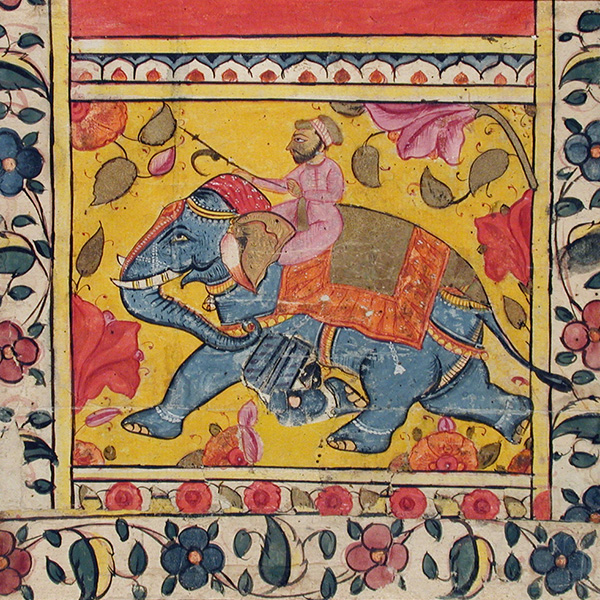
Story Time at SDMA: Blue Elephant
Spinning off from Virtual SDMA‘s Masterpiece Minute Series, Story Time at SDMA features works from The San Diego Museum of Art’s collection through stories told by the children they inspire.
Luca, a kindergartner in San Diego, reads a story he wrote about an Indian painting of a blue elephant in the Edwin Binney 3rd Collection.
Listen to ““Blue Elephant,” by Luca” on Spreaker.View A mahout driving an elephant through a flowered field online.
Read along with the Masterpiece Minute Ep. 9 Bonus PDF.
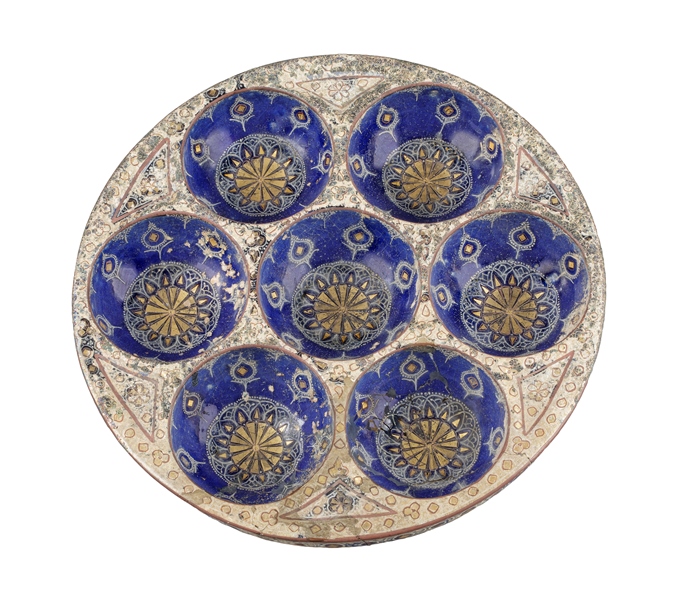
Story Time at SDMA: Celebrating Nawruz
In this episode, SDMA Curator Ladan Akbarnia speaks with 11-year-old San Diego fifth grader Nava about a lajvardina dish in the collection and its association with Nawruz, the Persian new year. This dish is also featured in episode 40 of SDMA’s Masterpiece Minute podcast series.
Listen to “Episode 2_Ladan & Nava, A lajvardina dish (March 2021)” on Spreaker.View Lajvardina seven-part dish, Iran, 13th–14th century online.
We would love to see what you’re creating! Share your creations with us on Instagram, Facebook, and Twitter using the hashtag #SDMAatPlay for a chance to be featured on the Museum social media channels.
How To Art Lesson Plans
Looking for even more? Check out our Educator Resources for curriculum guides, lesson plans, and more to enjoy with your family or students from home!
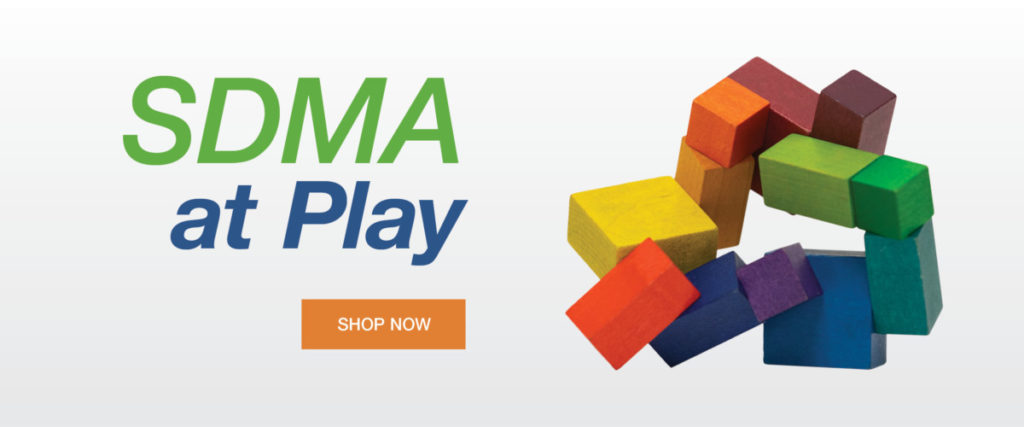
Featured: Eve Arnold. Art School, Chungking, 1979. Dye transfer print. Victor Diaz Color Photography Collection. 2015.36. | Thomas Hart Benton. Departure of the Joads, 1939. Lithograph. Gift of Mr. and Mrs. Leslie L. Johnson. 1976.34. | Jackfruit and Foliage, ca. 1815. Opaque watercolor on paper. Edwin Binney 3rd Collection. 1990.1381. | Giuseppe de Gobbis and Pietro Longhi (AKA Falca). The Ridotto, ca. 1760. Oil on canvas. Gift of Anne R. and Amy Putnam and commemorating the Silver Jubilee Celebration of Fine Arts Society. 1950.97. | Stills from Cauleen Smith. Flori Canta, 2020. 4K digital video, 30-minute continuous loop. Gift of the Artist.| Juan Sánchez Cotán. Still life with Quince, Cabbage, Melon, and Cucumber, ca. 1602. Oil on canvas. Gift of Anne R. and Amy Putnam. 1945.43.|Georgia O’Keeffe (AKA Georgia Totto O’Keeffe). In the Patio I, 1946. Oil on paper attached to board. Gift of Mr. and Mrs. Norton S. Walbridge. 986.35.|Todd Webb. Patio door, O’Keeffe’s Abiquiu house, New Mexico, 1977. Gelatin silver print. Gift of Ken and Jacki Widder. 2014.125.|Giotto. God the Father with Angels, painted between 1328 – 1335. Tempera on panel. Gift of Anne R. and Amy Putnam, 1945.26. | Beverly McIver. Coming Home Hurts, 2008. Oil on canvas. Gift of the American Academy of Arts and Letters, New York; Hassam, Speicher, Betts and Symons Funds, 2009. 2009.163. | Käthe Kollwitz (AKA Käthe Schmidt Kollwitz). Self-portrait, 1923. Woodcut, touched proof on wove paper. Museum purchase with funds provided by Alice Klauber and Mrs. Irving T. Snyder. 1945.30. | Diego Rivera (AKA José Diego Marìa Rivera). Self-portrait, 1930. Lithograph on tracing paper. Museum purchase in honor of the SDMA Artists Guild. 2008.39. | Marc Chagall. Self-portrait, 1974. Lithograph in colors. Gift of Susanna and Michael Flaster. 2016.71. | Tony Rosenthal (AKA Bernard J. Rosenthal). Odyssey III, 1973. Aluminum. Museum purchase with matching funds from the National Endowment for the Arts, 1974. 1974.21. | Oskar Fischinger. Balls #16, 1964. Oil on board. Museum purchase with funds provided anonymously. 2009.49. |Thomas Moran. Indian Village, 1915. Oil on canvas. Gift of Mrs. Alexander Bill. 1967.9 |Alessandro Allori. Portrait of a Lady, ca. 1560. Oil on panel. Museum purchase with funds provided by Anne R. and Amy Putnam. 1940.75. |Hanuman brings healing herbs to Rama and Lakshmana, ca. 1590. Opaque watercolor and gold on paper. Edwin Binney 3rd Collection. 1990.290. | Alessandro Magnasco (AKA Lissandrino Magnasco; “il Lissandrino”). Landscape with Fishermen,” ca. 1730. Oil on canvas. Gift of Jacob M. Heimann. 1942.9. | Anthony van Dyck. Queen Henrietta Maria of England, ca. 1636-1638. Oil on canvas. Gift of Anne R. and Amy Putnam. 1939.99. | A Mahout driving an elephant through a flowered field, fragment of a painting mounted on a detached album folio. India, Rajasthan, Sirohi, ca. 1690. Ink and opaque watercolor on paper. Edwin Binney 3rd Collection, 1990.907. | Lajvardina seven-part dish, Iran, 13th–14th century. Stonepaste, painted in red and white with gold leaf over a deep-blue glaze. Gift of Mrs. Irving T. Snyder, Conservation funded by Sarah E. Aghassi and Shahri Estakhry Aghassi, 1964.131.

